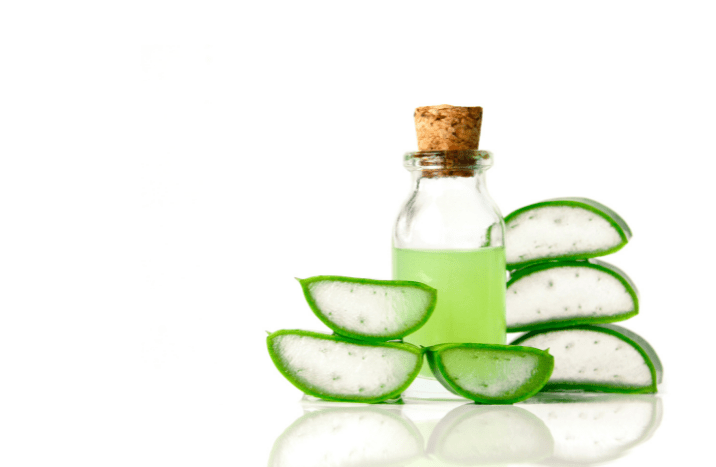By Nabila Al Hasan, Regulatory Compliance Specialist
 Aloe vera is a succulent plant which is cultivated for various commercial products including beverages, skin lotions, cosmetics, and topical drugs. It is also, most commonly, used as home remedy to treat minor burns, cuts, acne, and other skin rashes. There are two substances that are obtained from Aloe vera plant – Aloe gel and aloe latex.
Aloe vera is a succulent plant which is cultivated for various commercial products including beverages, skin lotions, cosmetics, and topical drugs. It is also, most commonly, used as home remedy to treat minor burns, cuts, acne, and other skin rashes. There are two substances that are obtained from Aloe vera plant – Aloe gel and aloe latex.
Aloe gel is the inner leaf pulp that is clear in color and is obtained by stripping away the outer leaf rind. Aloe latex is a yellow colored liquid that comes from just under the plant’s skin – which is also known to have laxative properties.
Carcinogenicity of Aloe Vera
A third liquid – “Aloe vera juice” may be obtained by macerating the whole leaf. This whole leaf extract is what’s used as the raw material to produce commercial products. This liquid must undergo a purification step called Decolorization – a process involving filtering the Aloe vera juice through activated charcoal – to remove harmful, cancer-causing chemicals naturally found in the plant.
California Prop65 specifically lists the natural constituent “Aloe vera, non-decolorized whole leaf extract” as a Cancer-causing agent and International Agency for Research on Cancer (IARC) classifies the whole leaf extract as Group 2B (Possibly carcinogenic to humans) carcinogen. Animal studies, in which groups of rats and mice were given the non-decolorized extract in drinking water over a span of 2 years, have revealed clear evidence of carcinogenicity associated with oral consumption whole leaf extract of Aloe vera.
Implications For Consumers & Manufacturers
While most consumer products do not contain the non-decolorized extract, there are some that do and users are advised to check the product label before consumption. If you are using Aloe vera for home remedies, make sure to get rid of the naturally occurring harmful chemicals by filtering it through activated charcoal before use.
The bottom line, chemicals are everywhere and understanding chemical classifications and labels is essential. If you need to help ensuring you are classifying and labeling chemicals correctly, get in touch with our team.


